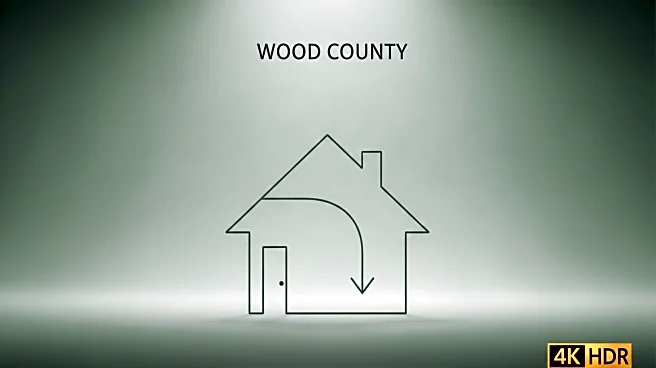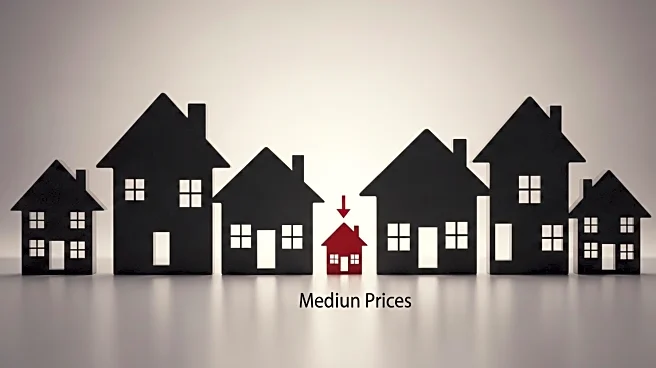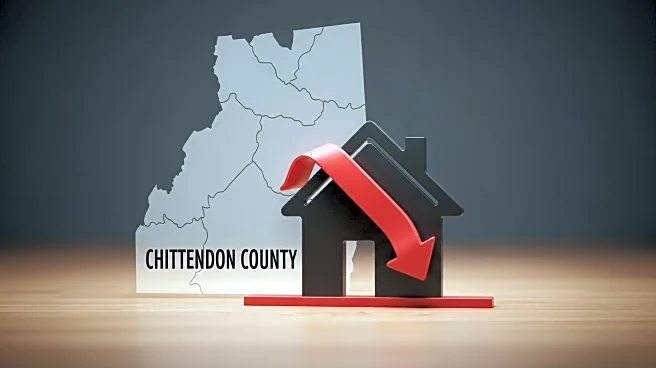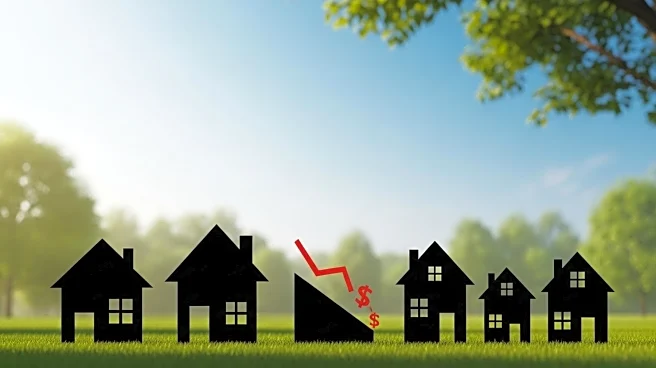What's Happening?
In Vanderburgh County, the median home listing price fell to $249,900 in August, marking a 5.7% decrease from the previous month's $264,919, according to data from Realtor.com. Despite this monthly decline, the median list price has increased by 20.2% compared to August 2024, when it was $207,900. The median home size in the county was 1,680 square feet, with a listing price of $141 per square foot, reflecting a 9.3% increase from the previous year. Homes in Vanderburgh County were listed for a median of 49 days, which is shorter than the national median of 60 days. Additionally, 296 homes were newly listed in August, a 13.8% increase from the previous year.
Why It's Important?
The decrease in median home prices in Vanderburgh County could indicate a cooling housing market, which may affect local real estate dynamics and economic conditions. The increase in new listings suggests a potential shift in supply, which could influence buyer behavior and market competition. The shorter listing duration compared to the national average may reflect a relatively active market, potentially benefiting sellers. However, the overall decrease in prices might impact homeowners' equity and local property tax revenues, affecting public services and infrastructure funding.
What's Next?
If the trend of decreasing home prices continues, it may lead to adjustments in local real estate strategies, including pricing and marketing approaches. Real estate agents and homeowners might need to adapt to changing market conditions to attract buyers. Additionally, potential buyers could benefit from lower prices, possibly increasing demand and leading to quicker sales. Monitoring future data releases will be crucial for stakeholders to understand ongoing market shifts and make informed decisions.
Beyond the Headlines
The fluctuations in home prices and listing durations could have broader implications for the local economy, including impacts on consumer spending and investment in the housing sector. Changes in property values might also affect mortgage lending practices and financial planning for residents. Understanding these dynamics is essential for policymakers and community leaders to address potential challenges and opportunities in the housing market.










